Smart Cities: Early Observations
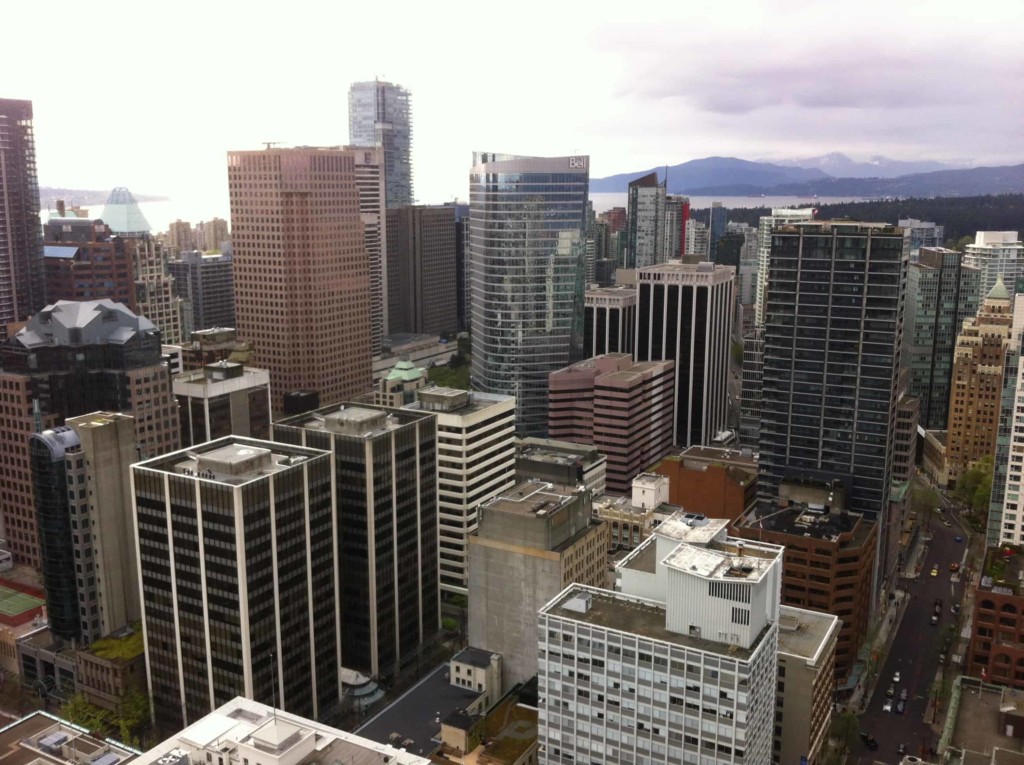
We’re more than 20 cities into this weekly series examining education in American cities–a few things are becoming clear. I launched the series because everybody is talking about innovation (inside and outside of education) but I don’t think we know much about where it happens or how it spreads–or why it doesn’t.
Authors like Richard Florida have suggested that some cities attract a creative class and become innovation engines of the economy. By 2012, Florida’s book was published, it was clear that edtech innovation was happening in the same place as tech innovation–most of it in the Bay Area and NYC. But I wondered if that was true more broadly with improvement and innovation in education.
A year later, critics of Florida’s theory claim the Soho-ization of some urban centers has little to do with broader economic growth. Likewise, I think I’ve learned that the location of a couple hot edtech clusters has little to do with innovation in America’s classrooms. About two thirds of the way through this investigation, I think we can begin to outline seven conclusions.
1. Innovation diffusion within education is weak. More plainly, a good idea won’t walk across the street. High Tech High gets hundreds of visitors each year but folks in San Diego don’t pay much attention to the MIT of high schools. The School of Environmental Studies (the Zoo School) near Minneapolis and the Tacoma School of the Arts are great examples of leveraging community resources but most museums, zoos, parks are under utilized. Hundreds of great schools are using widely recognized strategies to achieve high and equitable levels of performance while most schools appear to ignore the results and the lessons. New tools are so undeniably productive but haven’t made it to most U.S. classrooms.
K-12 education is not organized to produce and scale innovations. It often requires heroic effort to blow through numerous barriers to produce innovations so it’s not surprising that there is little diffusion within education. However, cheap devices and popular applications may be changing that. The explosion of mobile apps starting in 2010–particularly free apps like Edmodo, ClassDojo, Mangahigh, MasteryConnect (all Learn Capital supported companies)–created a popular backdoor to the classroom.
2. Education is resilient to innovation. The Bay Area is the global center of innovation, so why are local school districts so traditional and seemingly impervious to the buzz, talent, and tools around them? This informal study of cities suggests that proximity to innovations outside the sector has little bearing on whether an innovation will be adopted by schools. DC is the elearning hub of the planet but you wouldn’t know that from mid-Atlantic districts. Austin is a creative hotbed but education innovations runs about a decade behind tech.
Even simple translational innovations–tools widely used in other sectors like mobile technology, predictive analytics, and workflow integration–are slow to be incorporated. Beyond the easy stuff, as Kaplan’s Bror Saxberg has argued, there is little sector investment in primary innovation. The basic neurobiology of learning gets surprisingly little research attention and, unlike the strong research groundings of biotech, there is no link to the edtech community.
3. We can’t get there from here. A Twin Cities observer said “urban school districts make it clear that we can’t get to where we need to with the system we have.” We’re stuck in an obsolete system. Improvement isn’t happening fast enough or consistently enough–about two thirds of American students still don’t get what they need and deserve from us. Most urban districts are implementing systems of ‘managed instruction’ that boost consistency and proficiency levels but may not be a pathway to the schools our kids need to be ready for the world they will inherit.
It’s not easy to create great schools. There are numerous barriers to transformation and new school development:
- a lack of vision, we’re all (to some extent) trapped in tradition;
- state policies constrain flexibility and opportunity;
- the toolset isn’t very good yet–it’s hard just to get a bunch of apps to work seamlessly on a single platform;
- purchasing cycles are long and now well informed;
- it’s hard work and incentives for leaders are not great–there are more brakes than accelerators; and
- it’s expensive and requires a lot of change management capacity.
In short there are strong constraints, weaker incentives, and slow diffusion. Rigid structures, intense cost pressures, and narrow measures dampen enthusiasm for outreach and innovation.
3. Leadership matters. Leadership and governance appear to have more to do with the extent to which schools incorporate innovative tools and methods than proximity to the tech economy. Rick Hess’ new book suggests it takes Cage-Busting Leadership.
It’s interesting how two teachers in Baltimore and a principal in Columbus can help change the energy level in a city. They both successfully used the combination of small size and a big frame–small enough for clear focus and powerful relationships, big enough to have the flexibility to do important work. Both ask, “Can an urban district remain relevant if not connected to current needs of the tech economy?” It’s time to clear out the library for a fab lab. It’s time to blow out the walls for a learning lab.
While the needs are high, most urban districts have enough money to fund the shift to digital learning–it may take three budget cycles but there is enough substitution available to fund the digital dollar a day the transition costs. It may seem ironic, but the networks with the lowest funding (California charter networks) are the most innovative on the digital learning front.
4. Portfolio is the only path. As evidenced in Boston and New York, there are obvious benefits of sustained community-connected district leadership. However, as most of the Smart Cities posts have noted, it is nearly impossible to sustain effective leadership of a large urban district. This suggests a new governance model and a portfolio approach to urban education challenges–one that embraces multiple options and operators. Civic leadership for better education options in places like Columbus is very encouraging and if sustained will yield results.
Washington DC illustrates that Urban reform is brutal. It is much harder to transform a failing school than to start a good one. It is easier and cheaper to build a high performing network of schools from scratch than to turnaround a bureaucracy.
DC also illustrates that good authorizing is hard work. PCSB, the DC authorizer, is often more interventionist (e.g., fix this or we won’t renew your charter) than my early conceptions of on/off authorizing, but it’s driving quality.
The fact that charters are still scrounging and paying for facilities out of already shorted budgets suggests that school operations should be separated from facilities management. It’s time for citywide solutions to school facilities.
5. Advocacy matters. Cities like Denver and the Twin Cities have a vibrant advocacy community pushing for better options and more equitable outcomes. These partners propel and protect leaders. Denver benefits from passionate advocates and productive partnerships that has kept the most aggressive elected-board led reforms in the US on the rails (but we’ll see what November elections bring).
There is some evidence that working tough policy issues like dual enrollment and early college benefits from sustained local focus like that applied by Educate Texas and KnowledgeWorks in Ohio.
We need to make it easier for smart people to plug in and make a difference. Charter Board Partners (where I’m chair) is doing that in DC and expanding to new cities.
6. Edupreneurs benefit from an ecosystem. In addition to agitators, and advocates, it helps to have harbormasters and funders. In my Milwaukee post, I noted the leadership role of Schools That Can. In Denver, Donnell-Kay Foundation leads the way. In my Oakland post, I mentioned the leadership role of the Rogers Family Foundation. In DC, CityBridge Foundation has been generous and innovative.
In each case, these foundations or funds take an agenda-setting role and help support and identify school developers, talent developers, edtech developers, and facilities developers. Many of these city wranglers have joined the CEE-Trust network to learn together and boost their impact.
7. Cities need an innovation agenda. Cities would benefit from authorizing pathways that encourage innovation and from new school grant programs like the Next Generation Learning Challenge.
Coherent state education policy, like the 10 Elements outlined by Digital Learning Now!, can help or hinder city progress. A state and city innovation agenda that would boost access to internet devices and broadband and support new school models would benefit kids and the community.
It’s early and this has been an informed study of America’s cities but I’m pretty sure these seven observations are directionally correct. On one hand, the challenges are daunting. But on the other hand, it’s clear that leaders in every major city are making real progress. The toolset is getting better, the talent pipelines are filling up, the grant programs are being launched, and the formula for success is becoming clear.



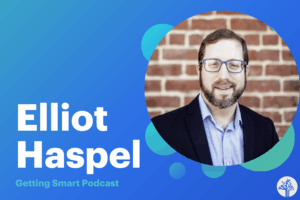

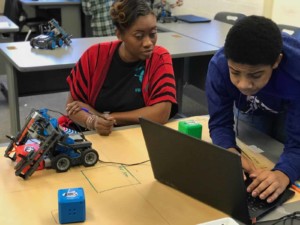
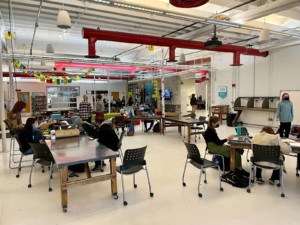
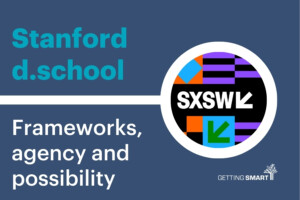
0 Comments
Leave a Comment
Your email address will not be published. All fields are required.